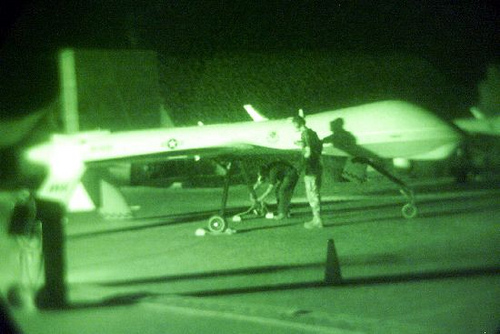 AOL NEWS– When it comes to measuring casualties and death rates, Pakistani computer scientist Zeeshan-ul-hassan Usmani is a world-class expert. His Ph.D. thesis looked at complex simulations calculating blast waves from suicide bombings, with an eye toward preventing mass casualties from such attacks.
AOL NEWS– When it comes to measuring casualties and death rates, Pakistani computer scientist Zeeshan-ul-hassan Usmani is a world-class expert. His Ph.D. thesis looked at complex simulations calculating blast waves from suicide bombings, with an eye toward preventing mass casualties from such attacks.
Now Usmani, an assistant professor at Ghulam Ishaq Khan Institute in Pakistan’s North-West Frontier Province who recently completed five years as a Fulbright scholar in the U.S., is applying that expertise to the contentious debate over drone strikes. And his website, Pakistan Body Count, draws a striking conclusion about the unacknowledged CIA drone strikes in Pakistan: More than 90 percent of the reported casualties are civilians.
Pakistani youngsters sit beside the bloodstain wall of a house after a suspected U.S. drone missile strike in Mohammadkhel, a village in the Pakistani north Waziristan region along Afghan border, 2008.
Since the beginning of the drone attacks, Usmani estimates that over 1,200 civilians have been killed by the strikes, compared to only 30 members of al-Qaida.
Usmani brings a unique background to the work. His work on blast simulations has looked at the details of a terrorist attack that may determine who lives and who dies. He and his colleagues found, for example, that circular crowds suffer the worst in terrorist attacks (more than a 50 percent death rate), while people arranged in rows, such as at prayer in a mosque, had only a 20 percent death rate.
Read the full article about Pakistani Scholar Disputes US Drone Death Tallies.
© 2011 AOL News
Photo by Flickr user sdasmarchives










